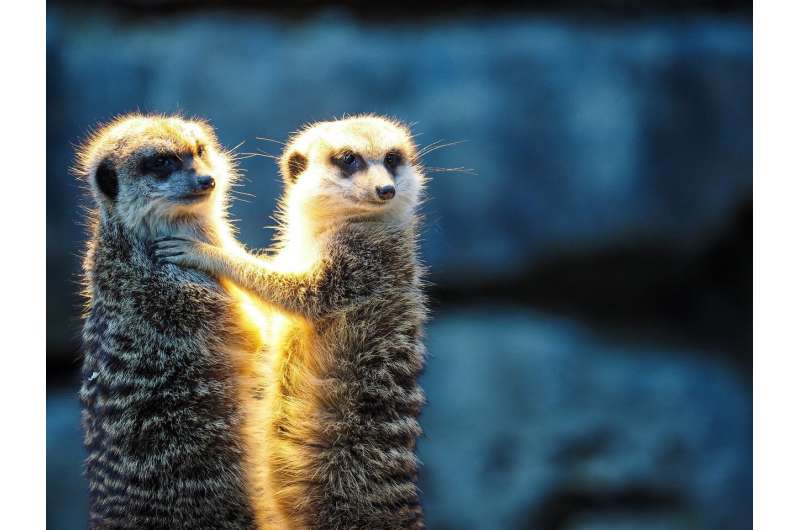Global wildlife trade is an enormous market, and US imports billions of animals from nearly 30,000 species

When people think of wildlife trade, they often picture smugglers sneaking in rare and endangered . Yet most wildlife trade is actually legal, and the United States is one of the world's biggest wildlife importers.
New research that of colleagues published in the Proceedings of the National Academy of Sciences shows that, over the last 22 years, people in the U.S. legally imported nearly 2.85 billion individual animals .
Some of these wild animals become pets, such as reptiles, spiders, clownfish, chimpanzees and even tigers. Thousands end up in zoos and aquariums, where many species on display come directly from the wild.
Medical research uses macaque monkeys and of them every year. The fashion trade imports around 1 million to 2 million every year. Hunting trophies are also included in wildlife.
The largest number of imported species are birds—4,985 different species are imported each year, led by Muscovy ducks, with over 6 million imported. Reptiles are next, with 3,048 species, led by iguanas and royal pythons. These largely become pets.
Not all wildlife are wild
We found that just over half of the animals imported into the U.S. come from the wild.
Capturing wildlife to sell to exporters can be an important around the world, especially in Africa. However, wild imported species can also spread diseases or parasites or become invasive. In fact, these risks are so worrying that many imported animals are classed as "" due to their potential role in transmitting diseases to native species.
Captive breeding has played an increasingly dominant role in recent years as a way to and to try to reduce disease spread.
However over half the individual animals from most groups of species, such as amphibians or mammals, still come from the wild, and there is no data on the impact of the wildlife trade on most wild populations.
Trade may pose a particular risk when species are already rare or have small ranges. Where studies have been done, the wild populations of traded species .
Sustainable wildlife trade is possible, but it to balance wild harvest and captive breeding.
Data is thin in many ways
For most species in the wildlife trade, there is still a lot that remains unknown, including even the number of species traded.
With so many species and shipments, wildlife . Trade data may not include the full species name for groups like butterflies or fish. The values in many customs databases are reported by companies but never verified.
In our study, we relied on the U.S. Fish and Wildlife Service's Law Enforcement Management Information System, a wildlife import-export data collection system. However, few countries collate and release data in such a standardized way; meaning that for the majority of species legally traded around the world there is no available data.
For example, millions of are imported as pets and for medicine, and are often reported to be bred in captivity. However, investigators cannot confirm that they weren't .
Why tracking the wildlife trade is important
Biodiversity has a great number of . There are also risks to importing wildlife. Understanding the many species and number of animals entering the country, and whether they were once wild or farmed, is important, because imported wildlife can cause health and ecological problems.
Wildlife can spread diseases to humans and to other animals. Wild-caught monkeys imported for medical research , including ones of particular risk to humans. Those with diseases are more than captive-bred.
Species that aren't native to the U.S. may also escape or be released into the wild. Invasive species can cause billions of dollars in damage by consuming and outcompeting native wildlife .
We believe better data on the wildlife trade could be used to , such as harvest quotas or no-take policies for those species in their country of origin.
What's next
The researchers involved in this study come from institutes around the world and are all interested in improving data systems for wildlife trade.
Some of us focus on how such as Etsy and Instagram have become hotspots of wildlife trade and can be challenging to monitor without automation. Esty announced in 2024 that it would . Others build tools to help wildlife inspectors process the large number of . Many of us examine the problems imported species cause when they .
In the age of machine learning, artificial intelligence and big data, it's possible to better . Consumers can help by buying less, and making informed decisions.
Journal information: Proceedings of the National Academy of Sciences
Provided by The Conversation
This article is republished from under a Creative Commons license. Read the .![]()




















